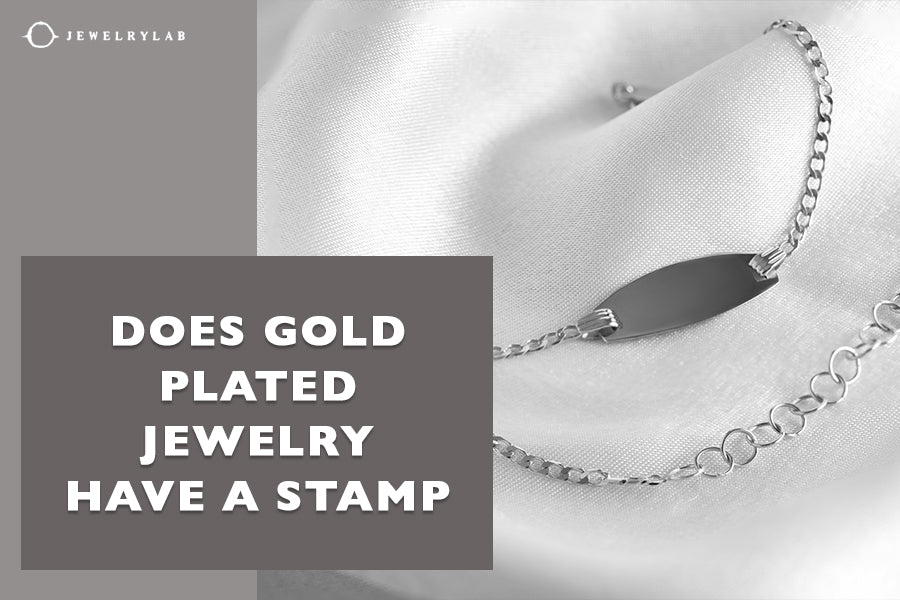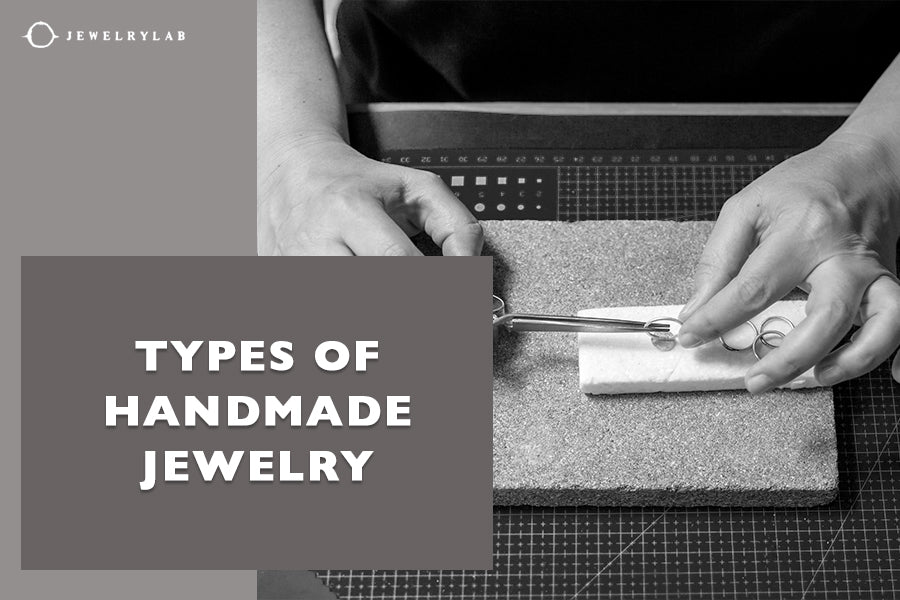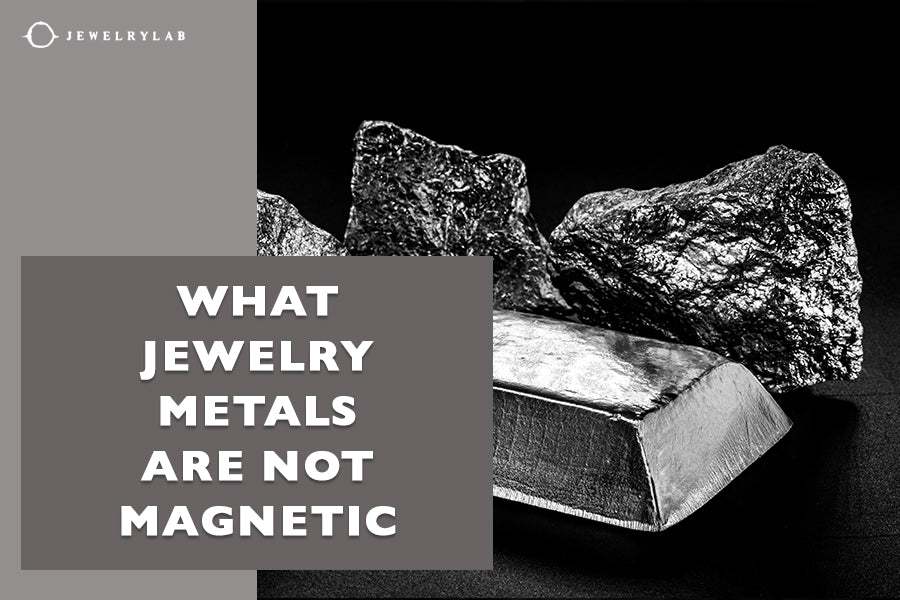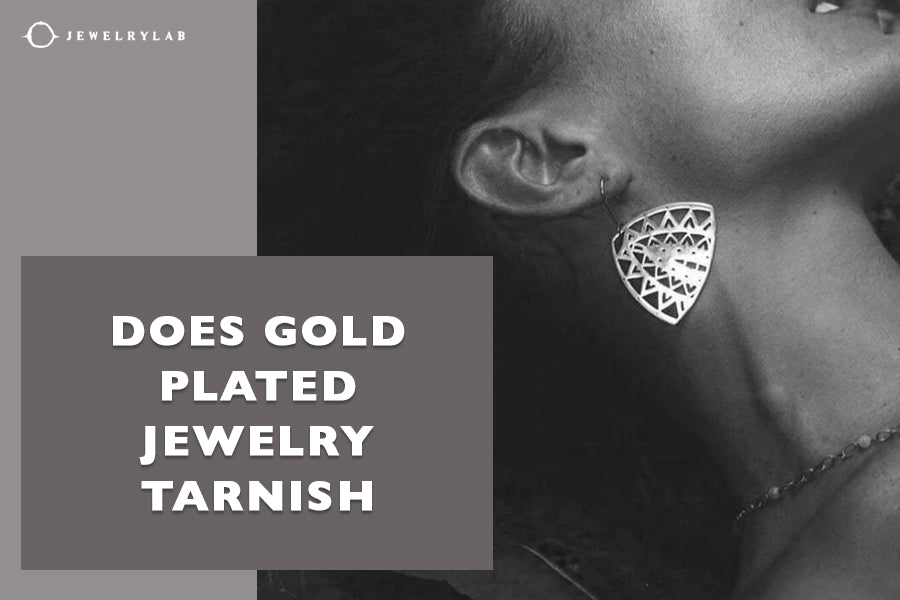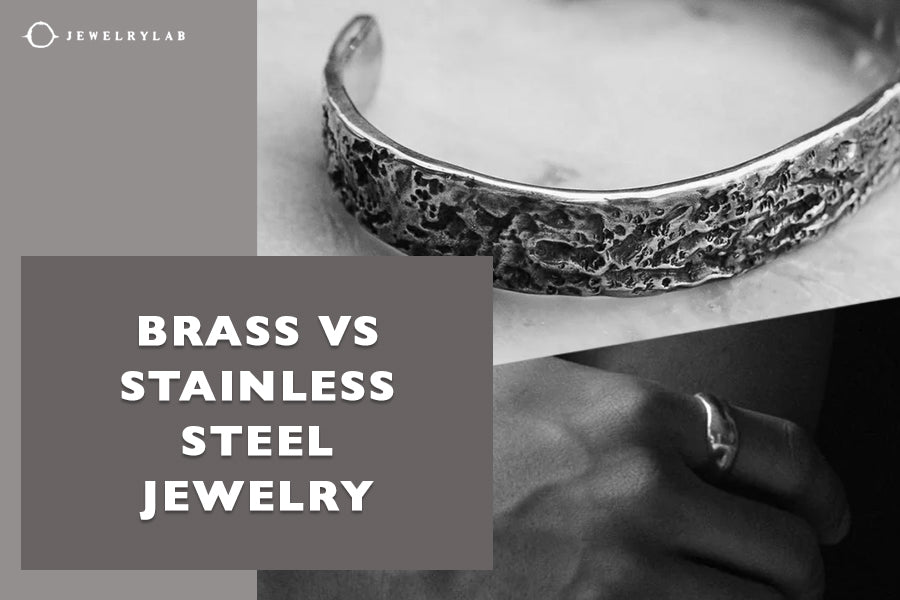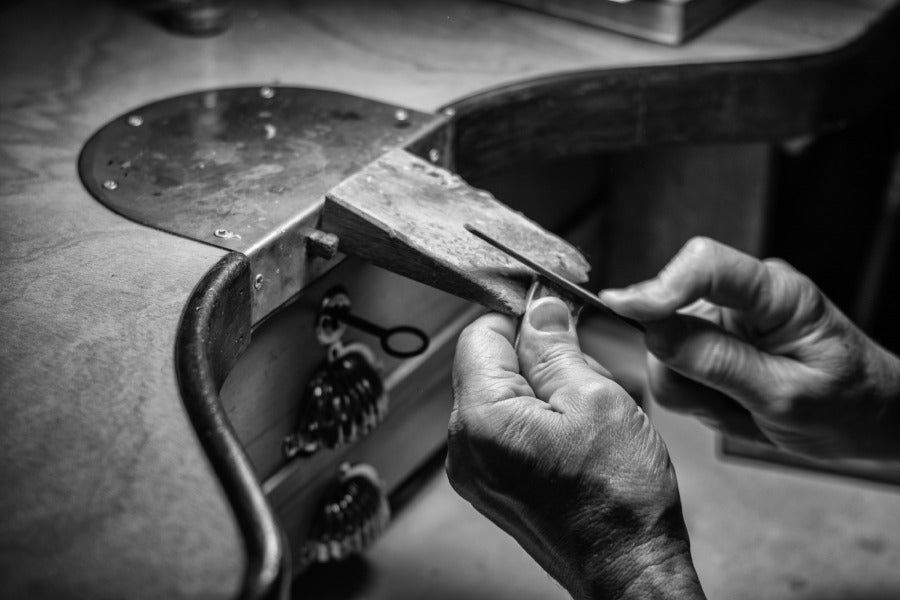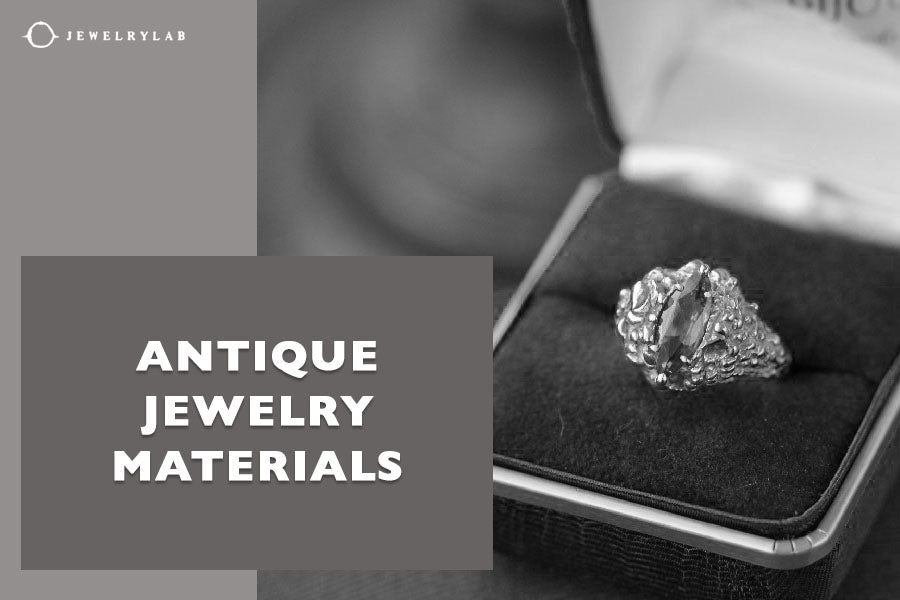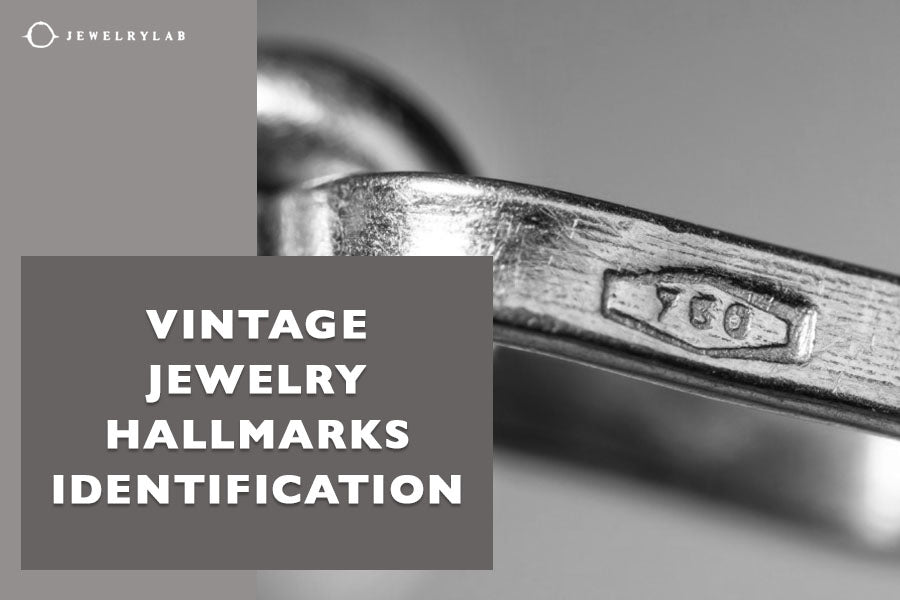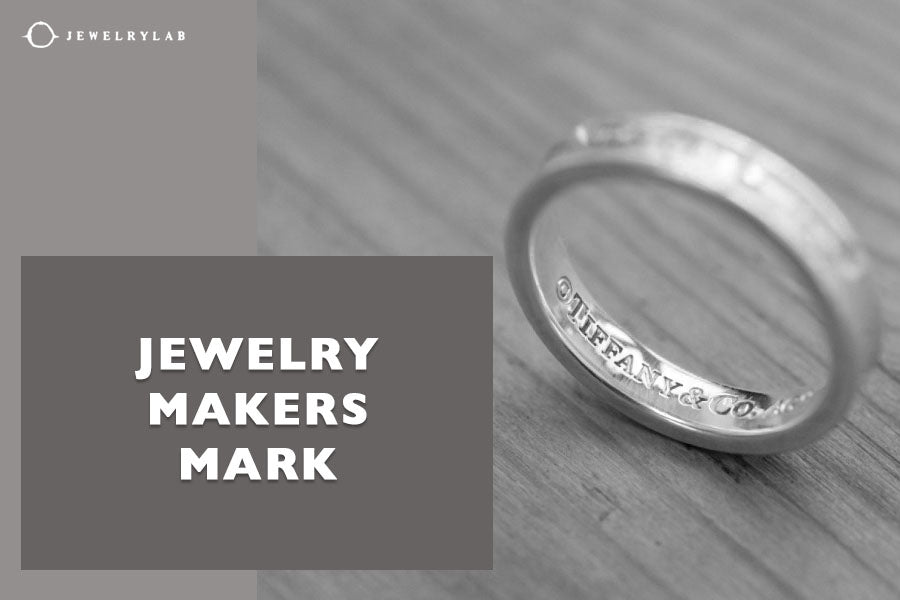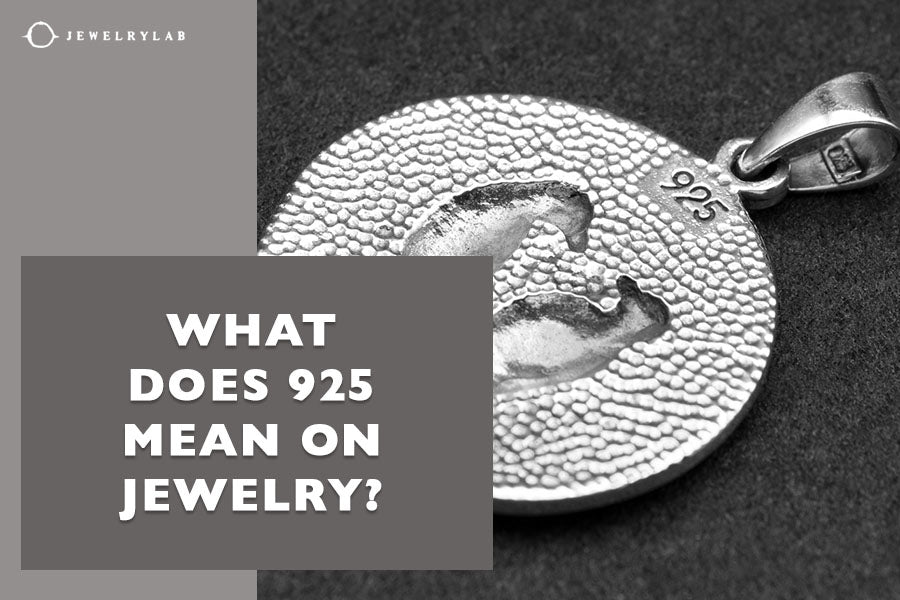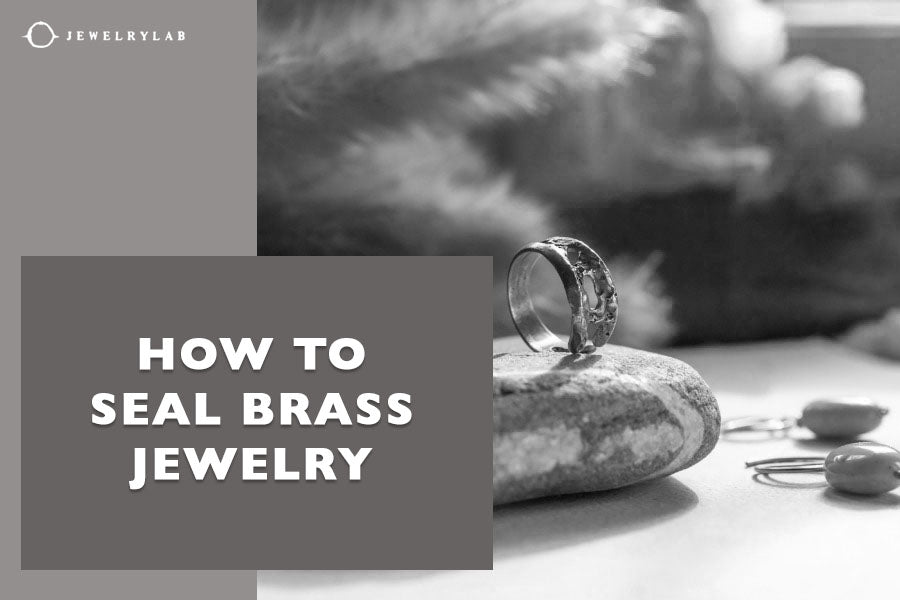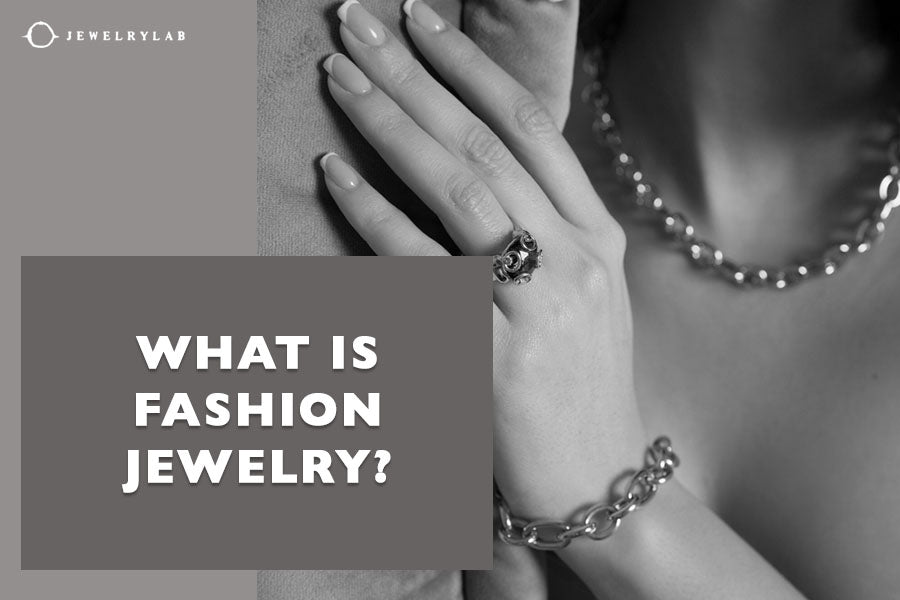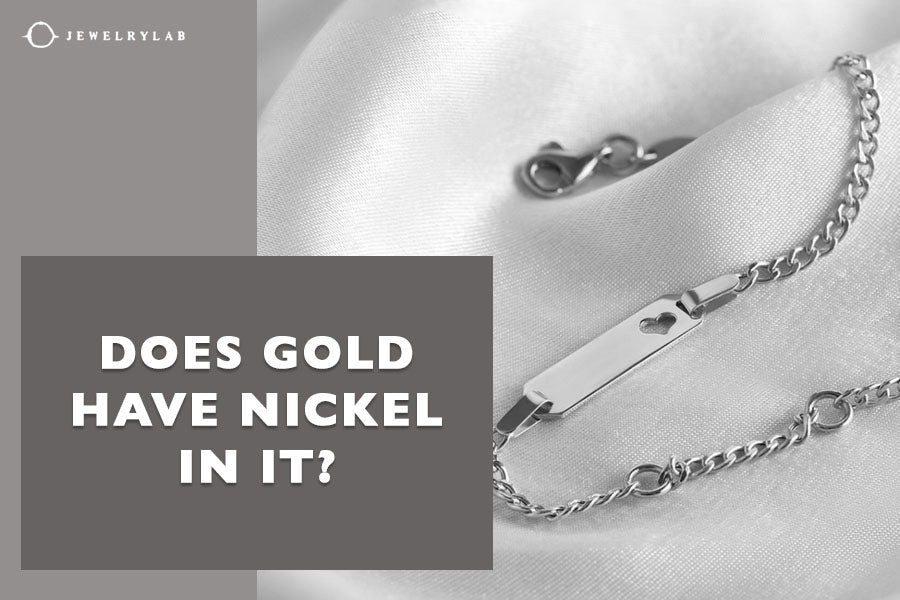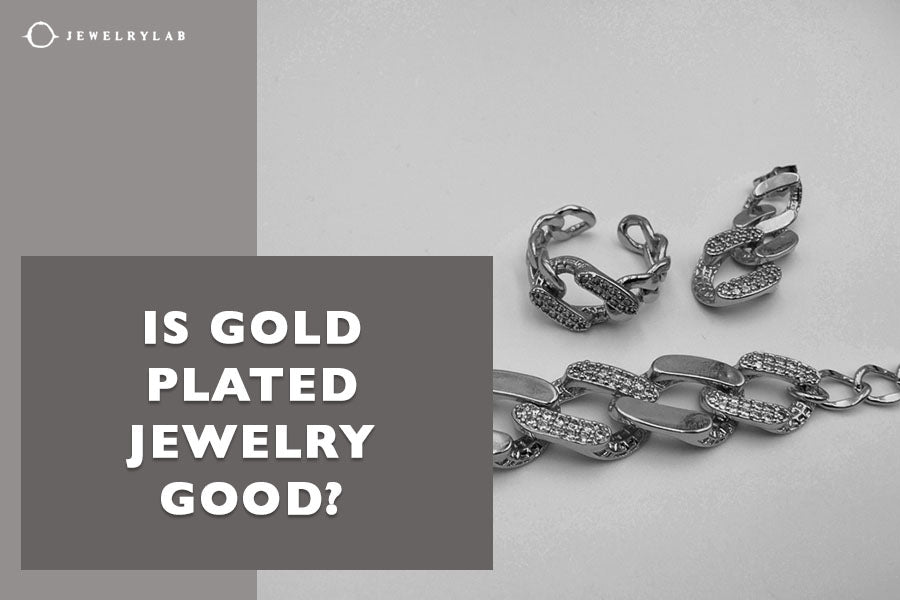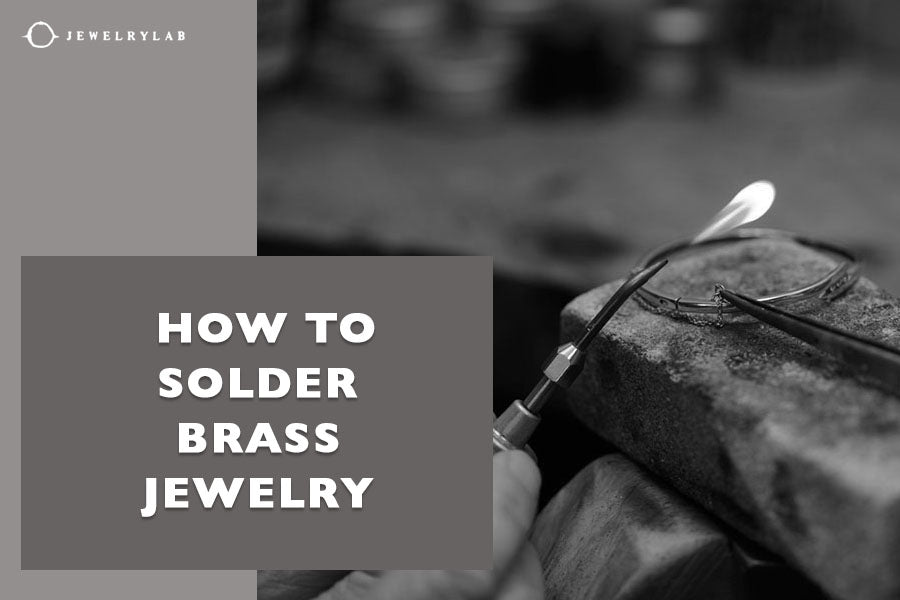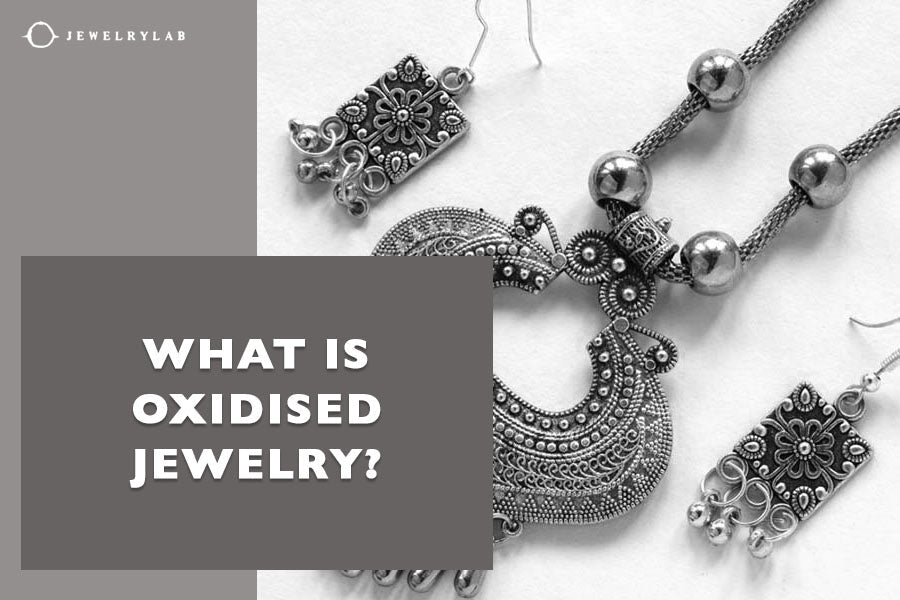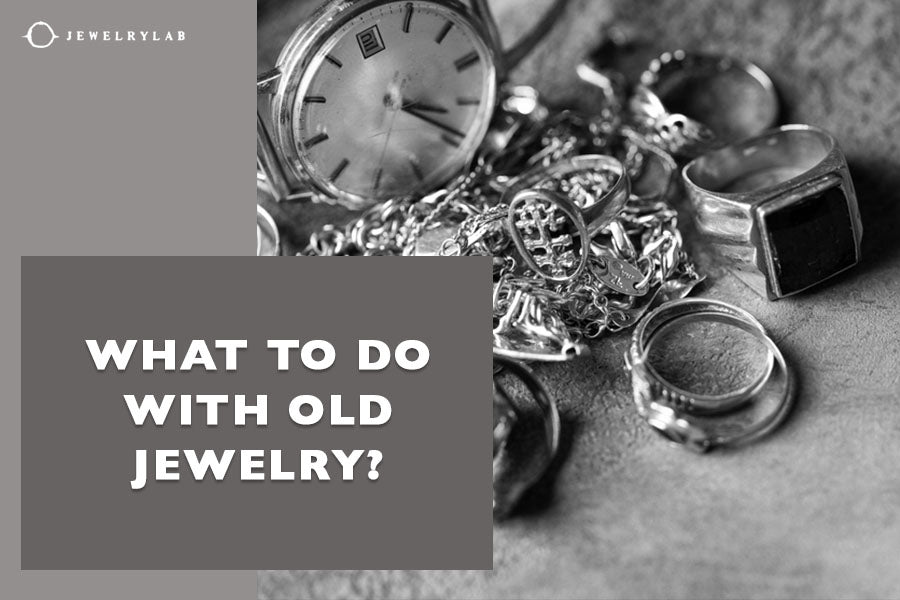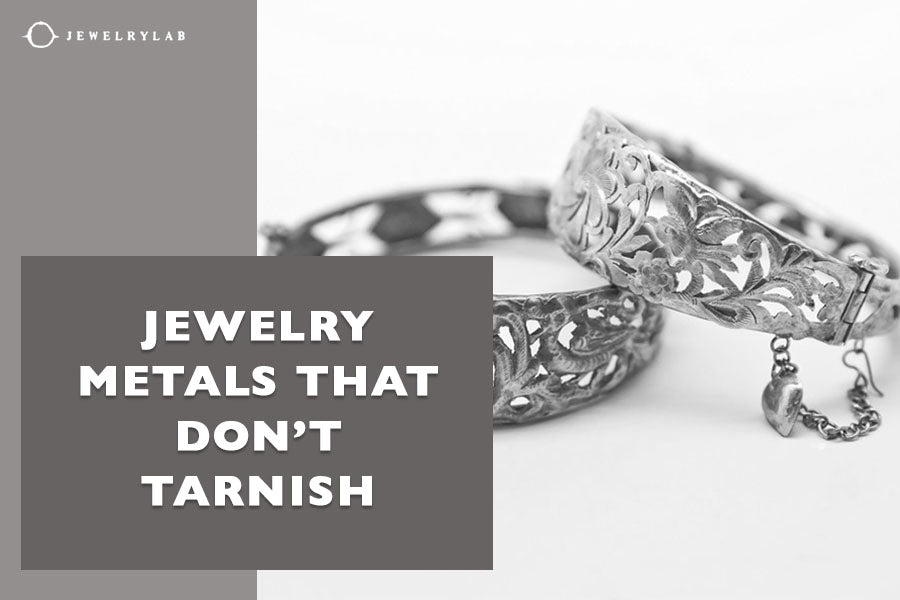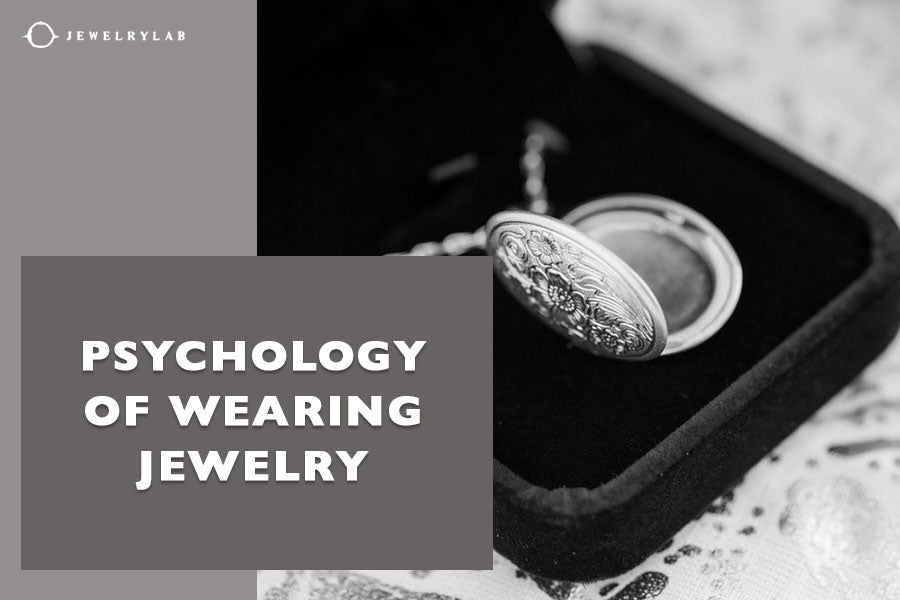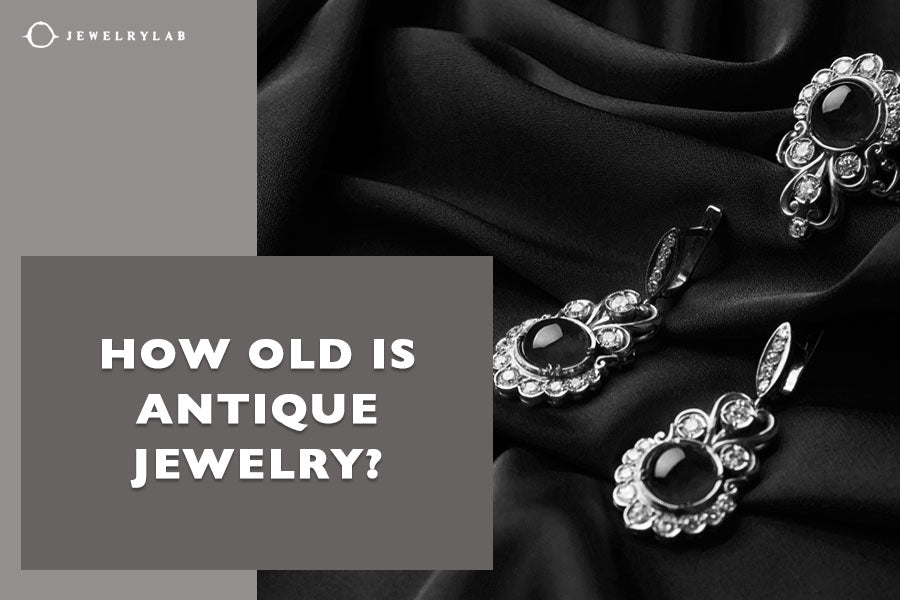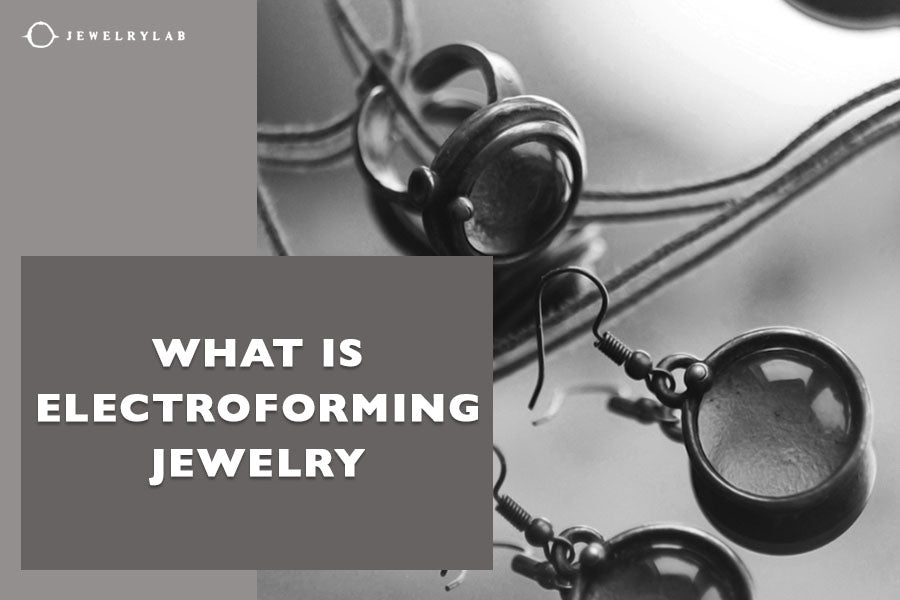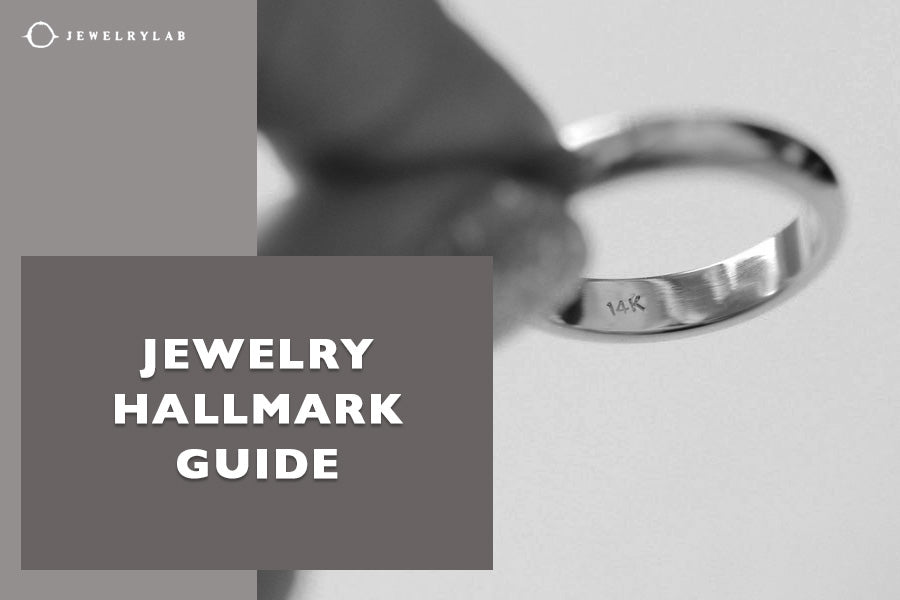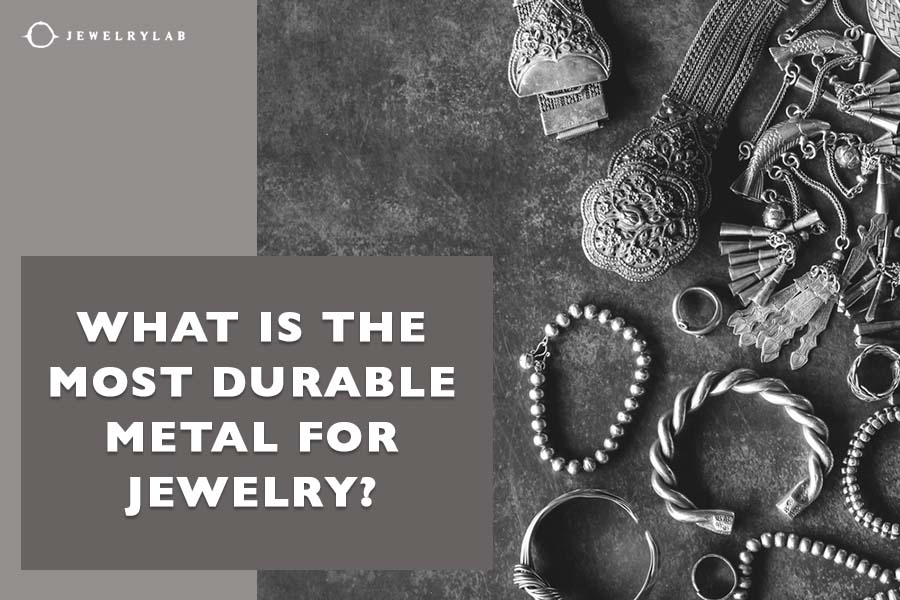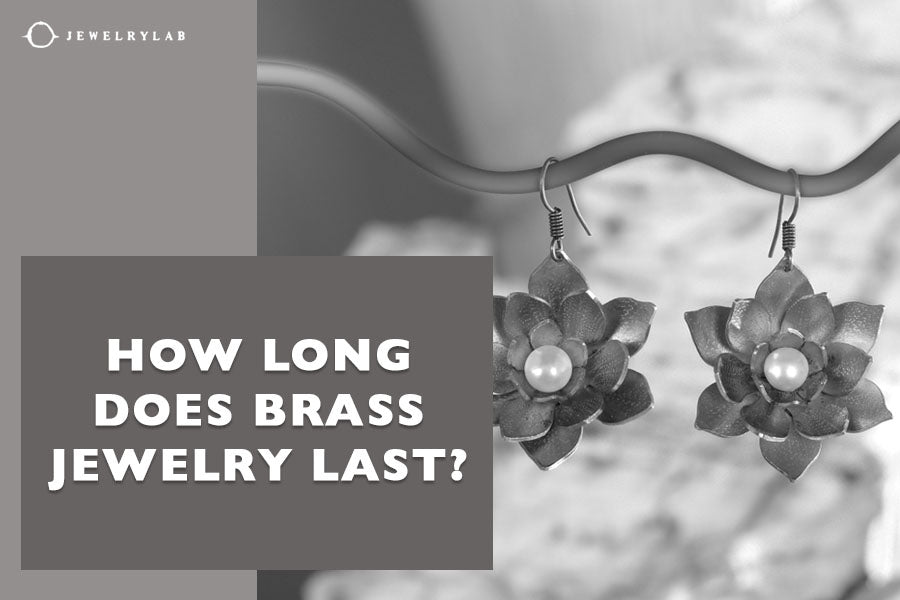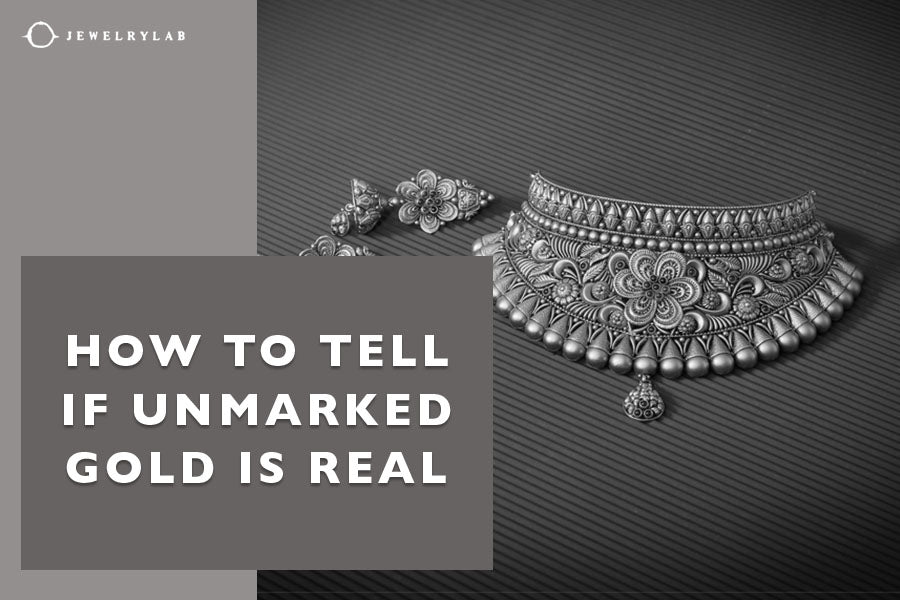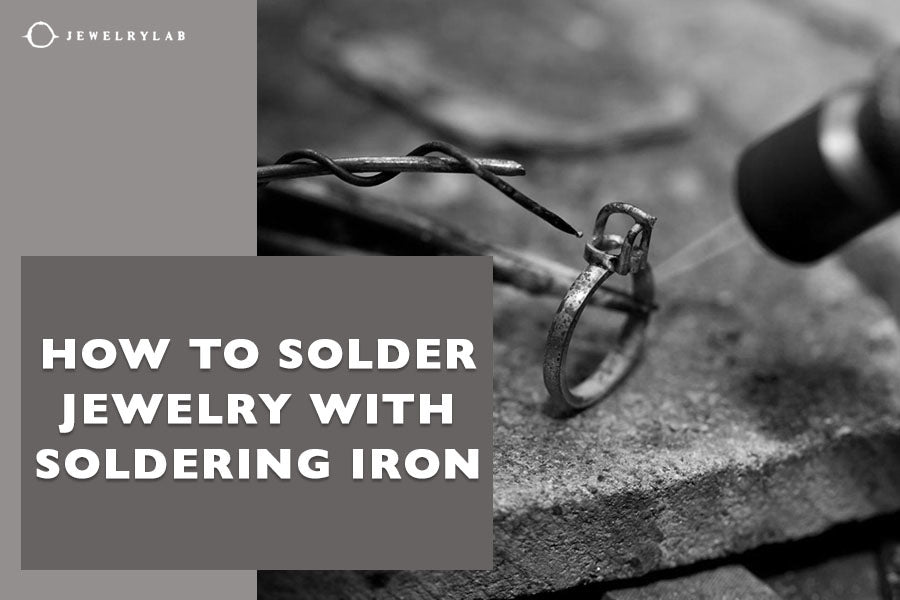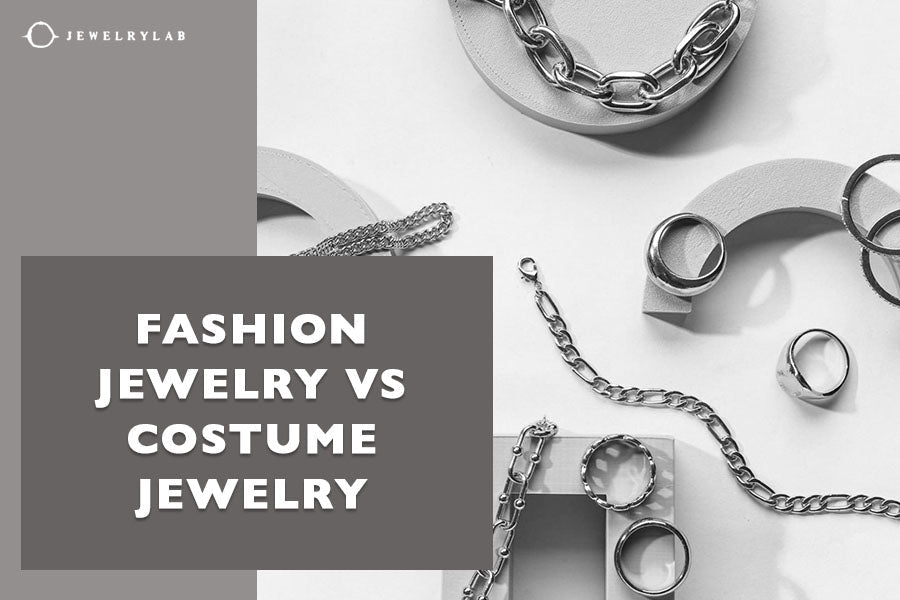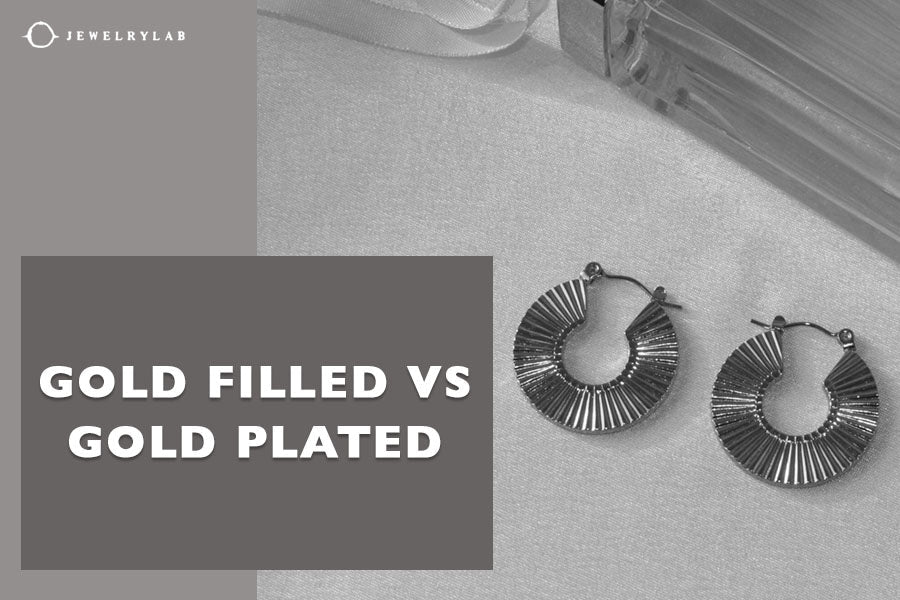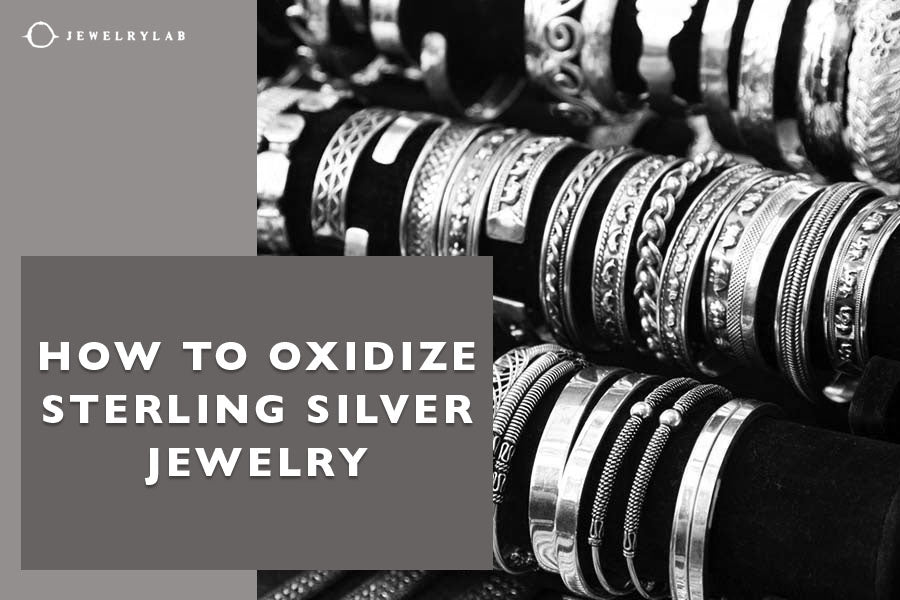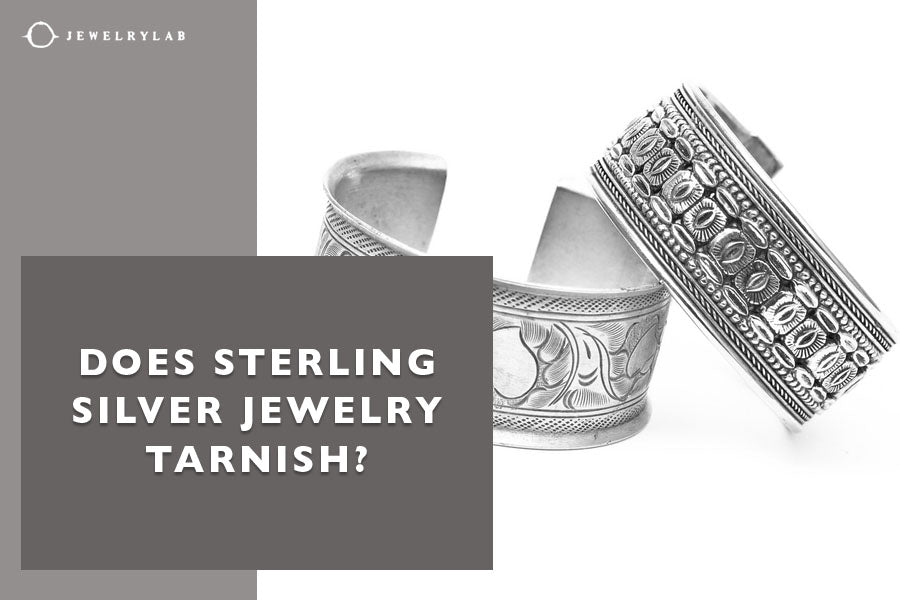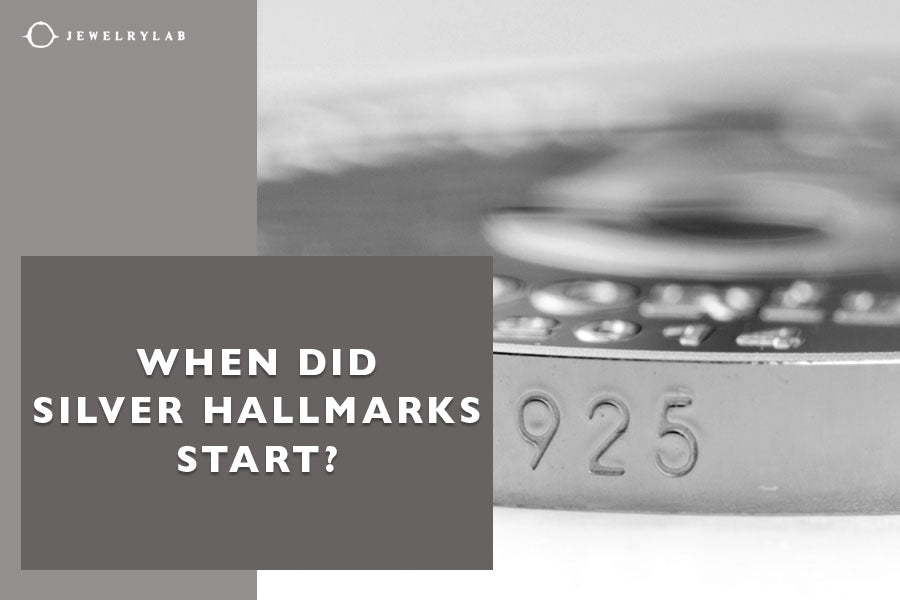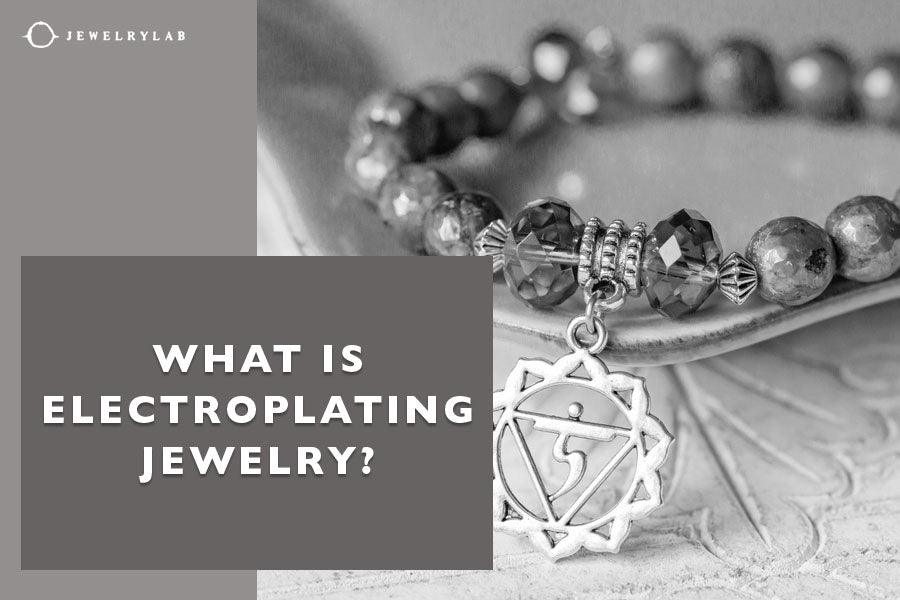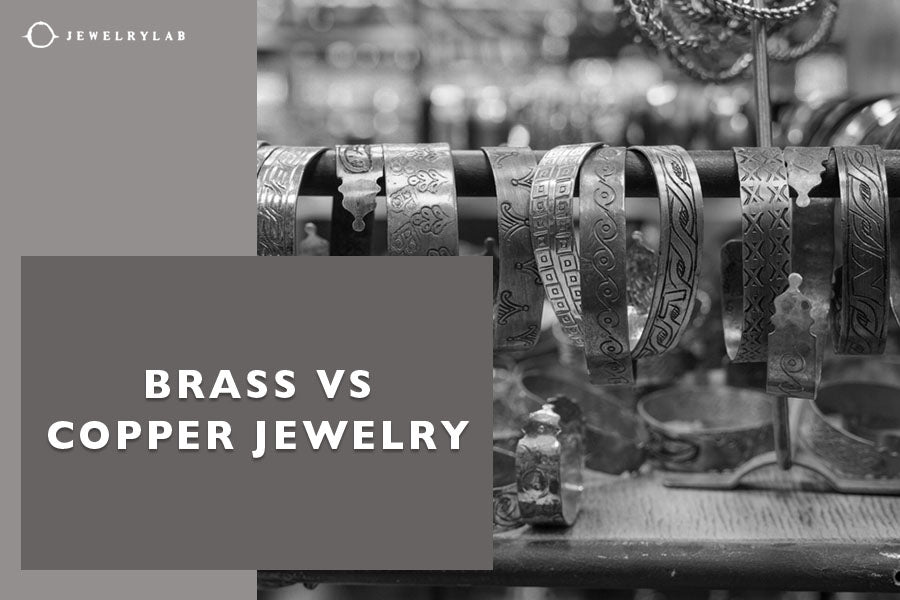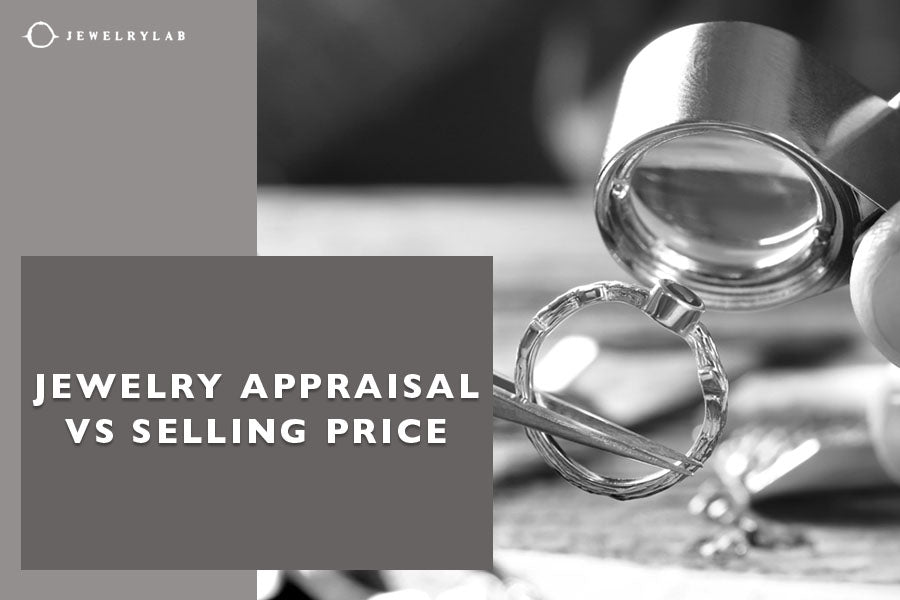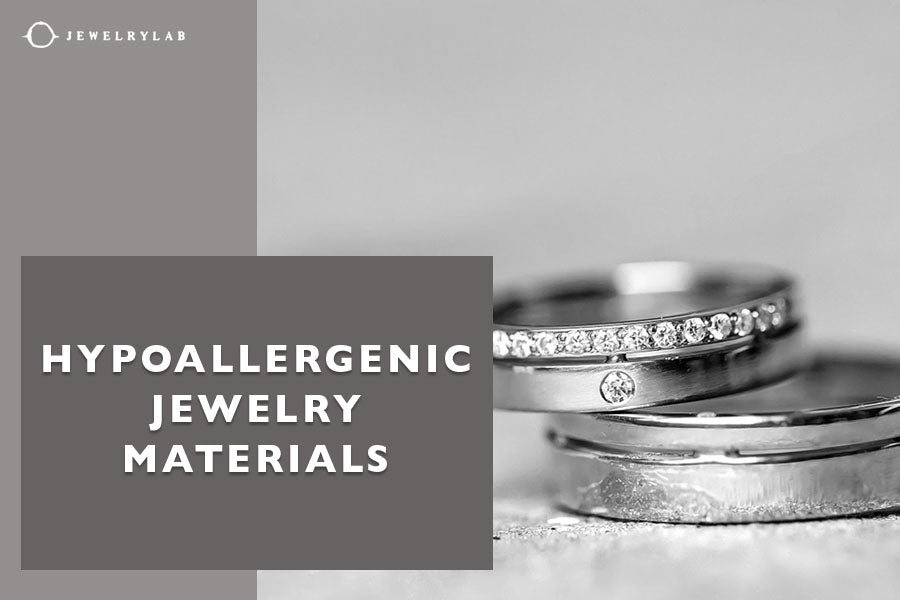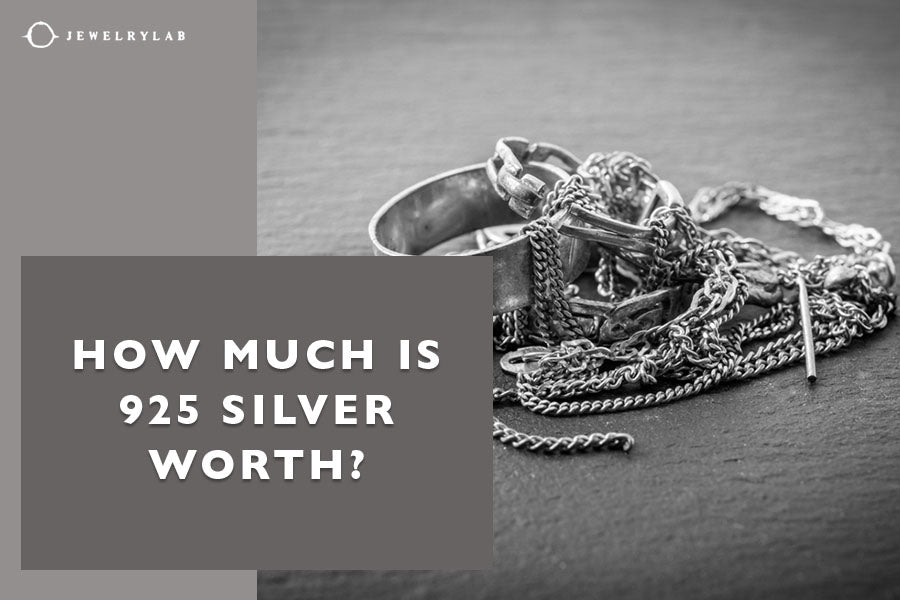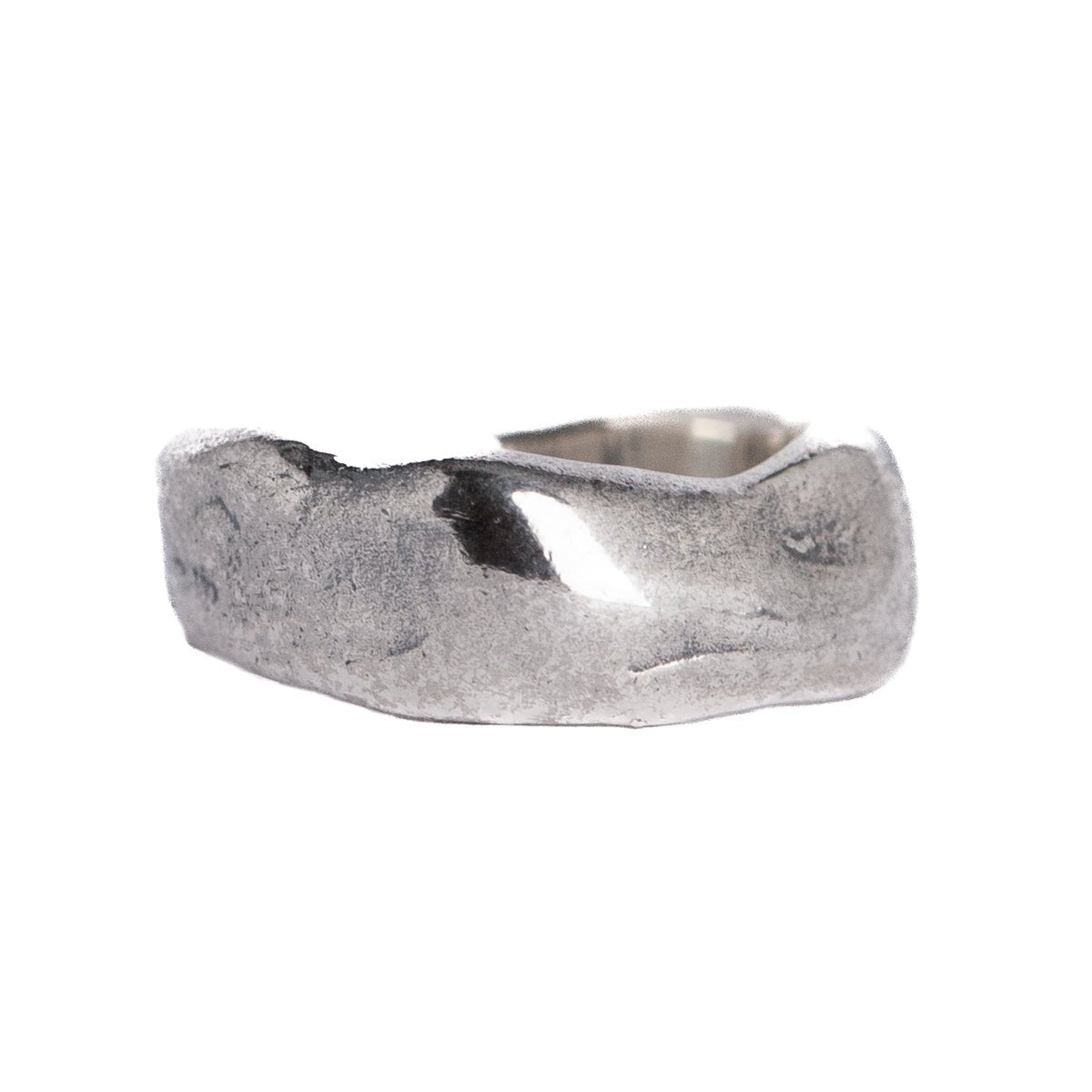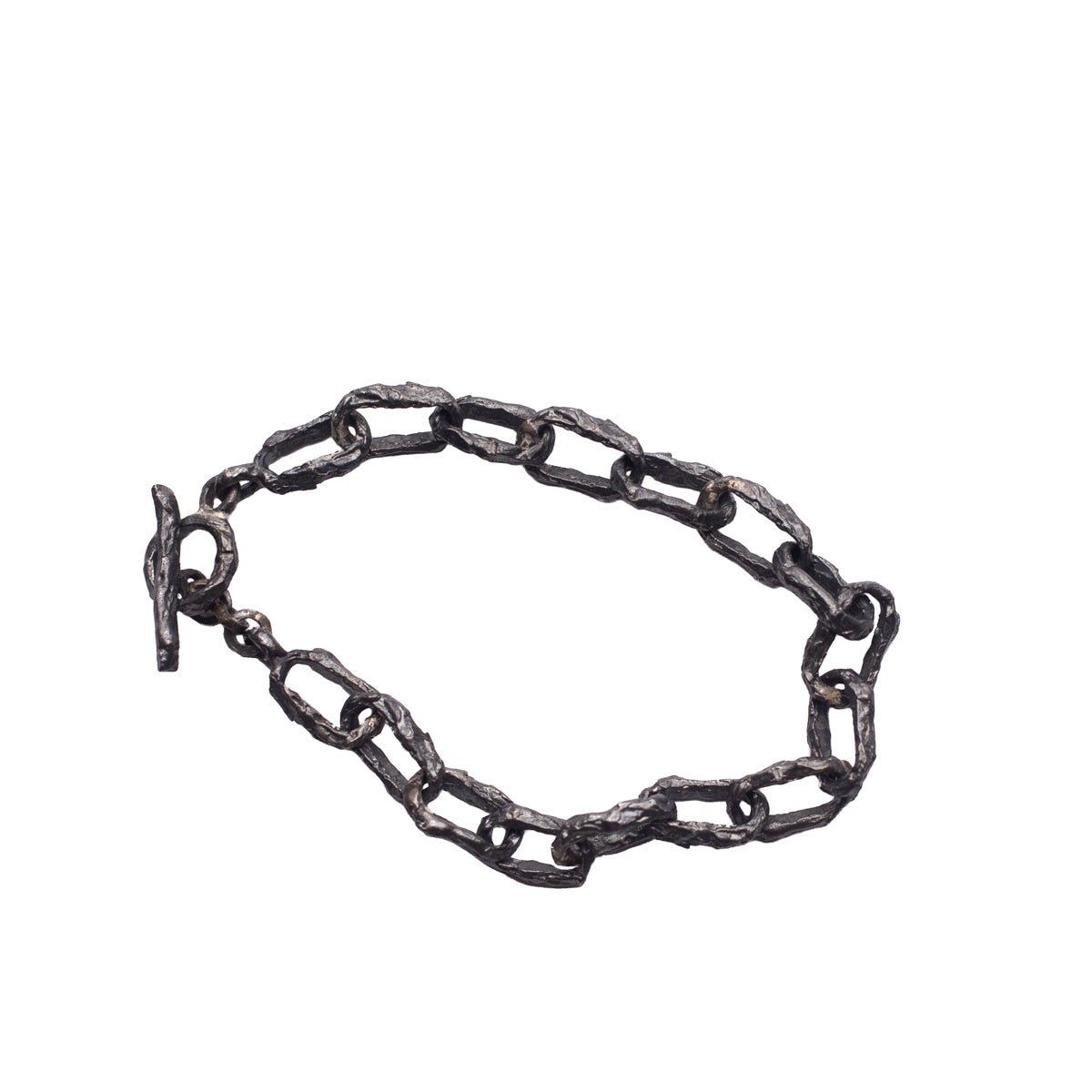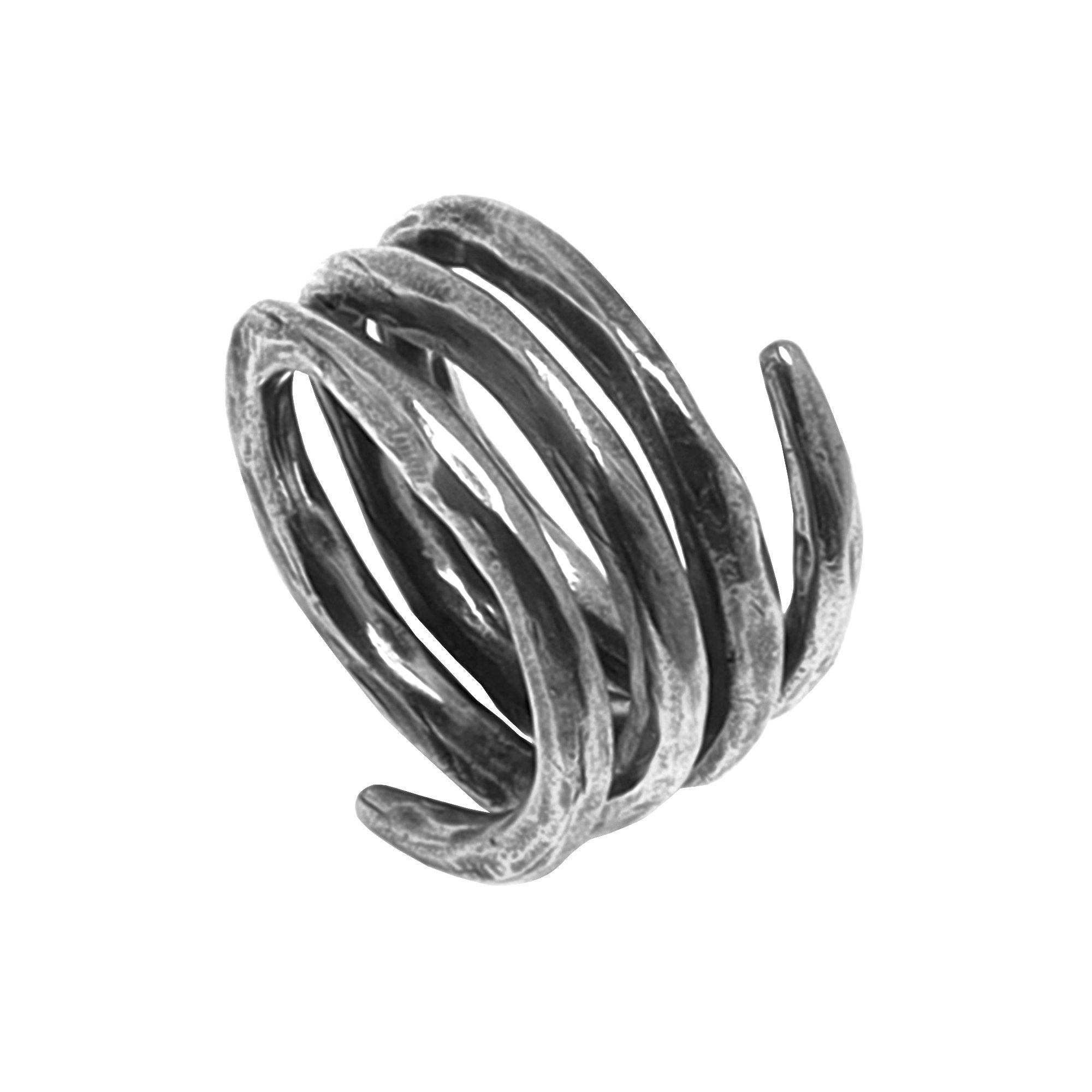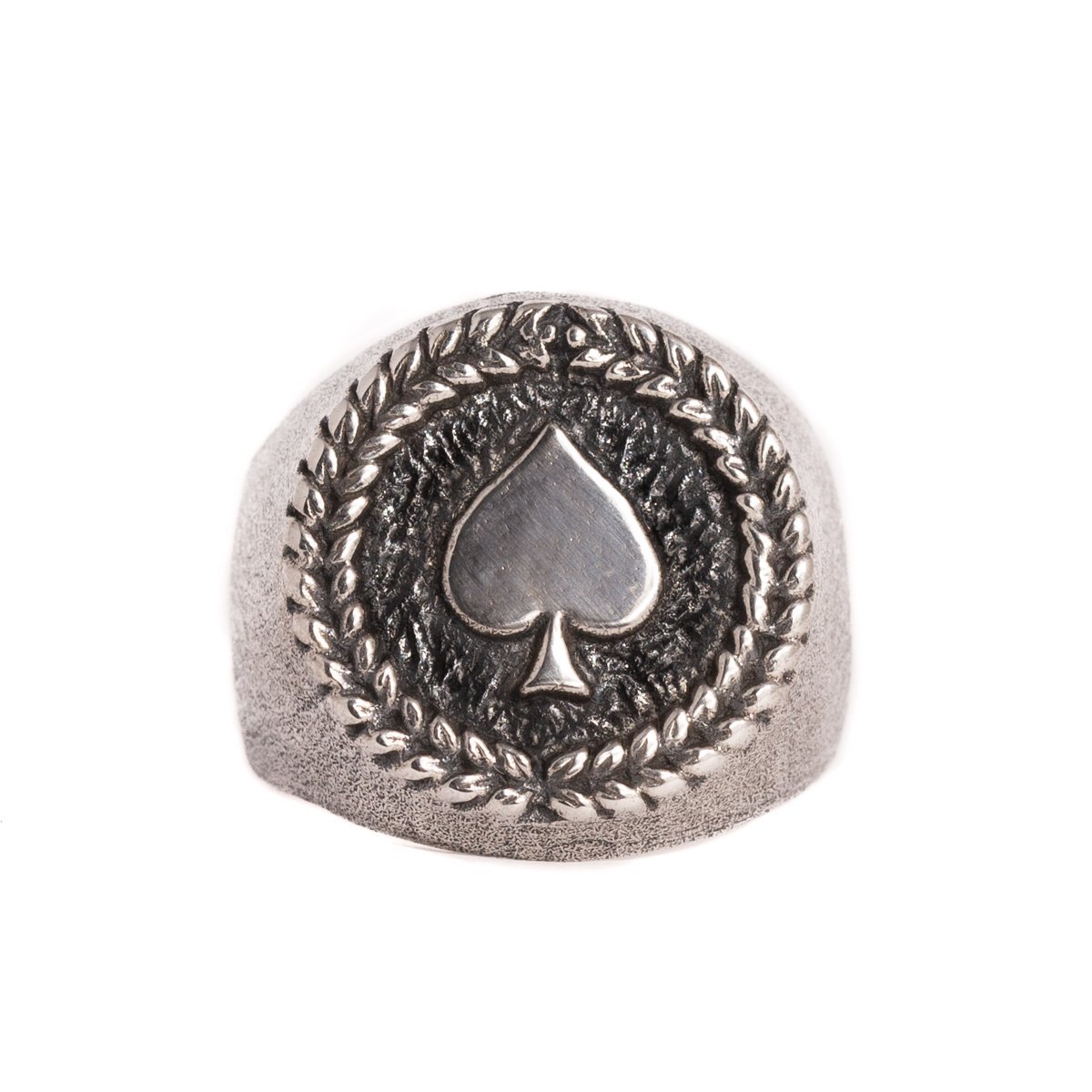by Jesús Zabala - 4 min read
Is Gold Stronger Than Silver?
Gold and silver are both precious metals with a long history of jewelry use. Gold is yellow and shiny. It is very malleable and ductile. Silver is shiny but white and highly malleable and ductile as well. The weight of metal is determined by its density, while its strength by the metal’s hardness. But which one is more durable? Is gold stronger than silver, or vice versa? We’ve got the answer.

Source: shutterstock.com / Photo Contributor: BadLui
Understanding the Strength of Gold
Gold is known for its exceptional malleability and ductility. Pure gold (24 karats) is relatively soft, scoring 2.5-3 on the Mohs hardness scale, making it prone to scratches and deformation. Despite its softness, gold’s excellent resistance to tarnish and corrosion contributes to its durability.
Understanding the Strength of Silver
Silver, like gold, scores 2.5-3 on the Mohs hardness scale. Yet, silver is less prone to deformation and scratches but more prone to tarnishing when exposed to sulfur compounds in the air, forming a black sulfide layer. While the tarnishing affects its appearance, it does not affect the structural integrity.
Is Gold Stronger than Silver?
The strength comparison between gold and silver involves evaluating several factors: purity and alloying of silver and gold, metal hardness and structural properties, durability, and resistance to tarnish and corrosion. Now, you might be even more curious whether is pure silver stronger than pure gold? Of the two, silver is slightly harder and stronger than gold.
Factors affecting the strength of gold and silver
Purity and alloying of gold
Purity is measured in karats, with 24K being pure gold (99.9%), 18K (75% gold) and 14K (58.3% gold) are common alloys. Gold is often mixed with copper, silver, nickel, or palladium to improve strength and alter color. But, we must highlight that 18K gold, often used in fine jewelry is stronger and more durable than pure gold, while 14K is suitable for everyday wear. Gold alloys increase the gold’s strength, and depending on the alloy composition, yellow gold can be stronger than silver.

Source: shutterstock.com / Photo Contributor: jewelleryjpg
Purity and alloying of silver
Pure silver is 99.9% silver, known as fine silver. Commonly alloyed with copper creates sterling silver (92.5% silver, 7.5% copper). Sterling silver is stronger and more durable than pure silver, widely used in jewelry, utensils, and industrial applications.
Argentium silver (93.5% silver) is more tarnish-resistant among other alloys due to extra metals like germanium.
Metal hardness and structural properties of gold and silver
When it comes to hardness, both gold and silver score 2.5-3 on the Mohs Hardness Scale. Silver is slightly harder than gold, which makes it less prone to scratches and deformation.
Similar to gold, silver’s structure allows for good ductility and malleability. Maybe the biggest difference between gold and silver is in the density of the metals. Gold’s density is 19.32 grams per cubic centimeter, while silver’s density is 10.49 grams per cubic centimeter, which means silver is lighter than gold, but still relatively dense.
Since silver is prone to tarnishing, it requires regular maintenance to keep its appearance. Gold, in contrast, resists tarnish well, making it an ideal metal for durability and maintaining its appearance.
Comparison of Gold and Silver Strength
Pure gold's tensile strength is about 120 MPa (megapascals). Alloying with metals like copper and silver increases tensile strength, with 18K gold having a tensile strength of about 300-350 MPa.
On the Vickers scale, pure silver is around 251 Vickers hardness, while pure gold is about 216 Vickers hardness. A higher Vickers hardness indicates a harder material, making the test especially useful for comparing the hardness of gold or silver alloys.
On the other hand, pure silver’s tensile strength is about 140 MPa. Alloys like sterling silver (92.5% silver, 7.5% copper) have a tensile strength of around 430 MPa, making them stronger than most gold alloys.
Several times in the article, we mentioned that both metals are malleable. Let’s explore that in more detail. Pure gold is especially malleable, able to be hammered into extremely thin sheets and drawn into fine wires. While alloying reduces malleability slightly, gold remains highly workable even in alloyed forms.
Pure silver is also highly malleable but slightly less than gold. Thanks to its FCC crystal structure, it can be formed into thin sheets and wires. Sterling silver retains malleability, though less than pure silver. Yet, it can be easily worked into many shapes and forms.
To summarize, silver generally has higher tensile strength than gold, both in pure and alloyed forms. This makes silver more resistant to breaking under tension.

Source: shutterstock.com / Photo Contributor: ZaibsG
Conclusion
In this article, we have explained whether is gold stronger than silver by considering factors such as purity, gold and silver’s alloying, metal hardness, and other properties.
So, we can summarize that silver is slightly harder and stronger than gold. Since silver has higher tensile strength, it is more durable under tension. Still, remember that yellow gold can be made to have different strengths and hardness depending on the alloy used.
-
DESIGNED & HANDMADE IN BALI
-
FREE RESIZING FOR EVERY PIECE
-
FREE SHIPPING ON $150+ ORDERS
-
100% SAFE & SECURE CHECKOUT

